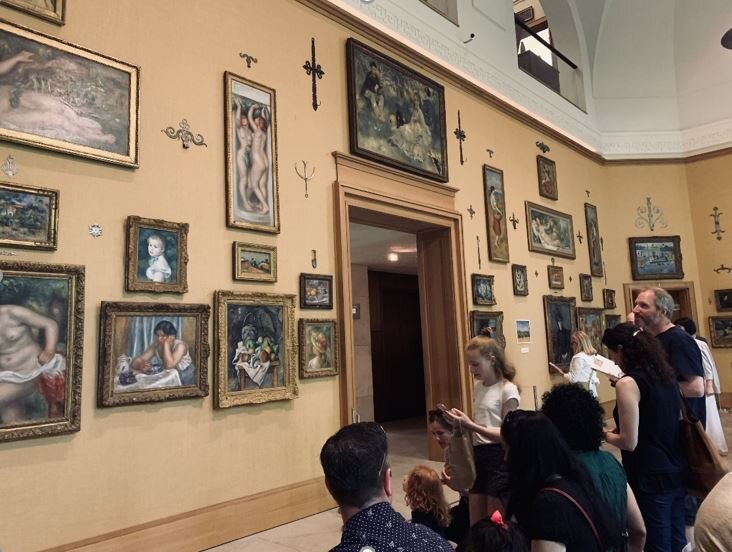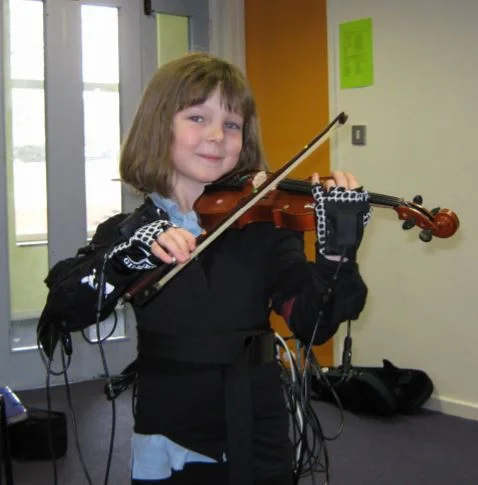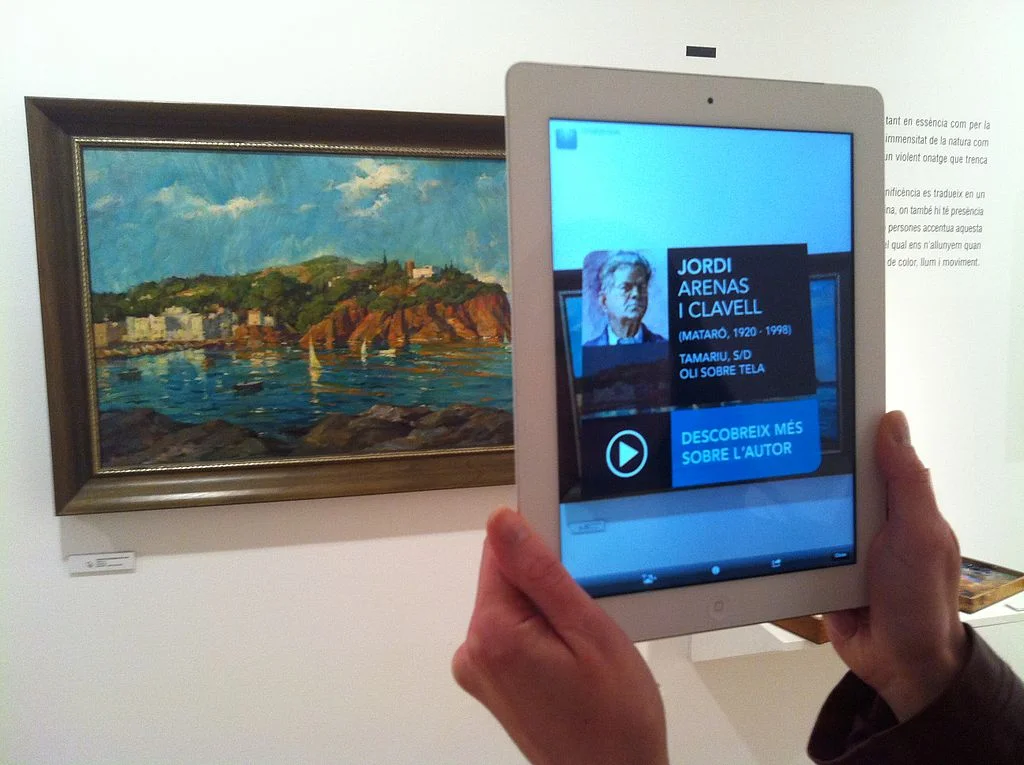Millennial and Gen Z consumers have forever altered the entertainment landscape. Shifts in their viewing habits are being motivated by a sense of community, increasingly short attention spans, and pragmatic decision-making spurred by coming of age in a digital and internet-driven environment. To fulfill these motivations, they have increasingly turned their attention to short-form content. this article offers insights on how and why Gen Z and Millennial consumers watch content.
Virtual Music Collaboration Tools: The Alteration of Rehearsal and Performance Spaces Post-Pandemic
During the COVID-19 pandemic, many who had the option began to work from home or work remotely as a safety precaution. Apollo Technical conducted a survey which suggests that in May 2020, over 26% of employed individuals worked from home. Over the course of the pandemic, that number increased to about 70%. Technology is capable of incredible things, making this remote work possible without the presence of an office or communal workplace. For musicians however, this is a different story.
Using Apps for Orchestra Audience Engagement
As people continue to spend more and more time on their phones, up to 5.4 hours a day for the average phone owner in the U.S., orchestras are increasingly turning to apps for news ways to engage their audiences. When used effectively, smartphone applications have the potential to invite new audiences into the hall while heightening the stickiness of the most loyal subscribers. This article addresses their primary benefits and best practices for implementation.
Social Distancing Strategies in the Arts: Museums, Part 1 of 3
With most major countries outside of the United States going through reopening procedures, social distancing strategies are being implemented to help stagnate or reduce the number of COVID infections. This 3 part series will highlight case studies for the Fine Arts, Theatre, Orchestra, Dance, and Movie Industries, showing measures that have been implemented or recommendations in place for each. Part 1 will focus on the museum space.
Considerations for Gamifying Education
Educators who are interested in implementing gamification into their lessons should consider their goal and learning style of their students. This article details three important factors to consider when planning a gamified learning experience: motivation, generational differences, and design. The article also includes examples of applications that use gamification in music learning that can be applied by arts managers.
Image Recognition Technology Use in Museums
Libby Review: A Reader App
The winter break can be a great time to pull out a neglected reading list, whether it is for your favorite novels or book recommendations by friends. Normally, this can be done by visiting the local library, but unfortunately, this is not possible when traveling for the holidays. Fortunately, there is an app called Libby, by Overdrive, which is an e-book/audiobook reader app.
Integrating Music Technology in the Classroom: Increasing Customization for Every Student
The following study investigates emerging technologies and their implications for music education, inside and outside the classroom. Learn how apps, digital instruments, practical aid technology, and wearable technology can be used to increase engagement and learning opportunities for music students in various settings.
The Hybrid Museum Experience: Case Studies in Digital Engagement and Experience Design
This is part 1 in a two-part series examining hybrid museums that successfully demonstrate how bridging the physical and virtual in the museum visitor experience can increase the length, breadth and depth of engagement with the institution and its collection. Part 1 explores the Museum of Old and New Art in Tasmania.
A Competitive Analysis of the Music Streaming Industry: Part 1
Streaming platforms have revolutionized the music industry and the way consumers discover and listen to music. Companies are having to differentiate themselves by offering unique content, focusing on the artist, or developing different price models. To better understand this landscape, we examined six of the most successful platforms for a competitive analysis to understand the existing music streaming business model.
Summer Road Trip Series: Barnes Foundation Image Recognition App Increasing Visitor Engagement
A summer long weekend in Philadelphia is inspiring by the many art experiences the city has to offer. Of the museums I visited I was most impressed by both the collection and quality of experience at the Barnes Foundation. The museum has a noteworthy collection of impressionist, post-impressionist, and early modernist artwork, which includes the world’s largest holdings of paintings by Renoir and Cézanne.
Using Technology to Assess Students in Music Education Programs
There are many ways that technology can aid in assessing students’ progress, for both the teacher and the student. One such application of technology in both the private or group music lesson is drill and practice software, which can “provide a more persistent learning since it allows a drill and practice at desired level and desired amount” (Nart 80).
Image Source: (Linden 535)























